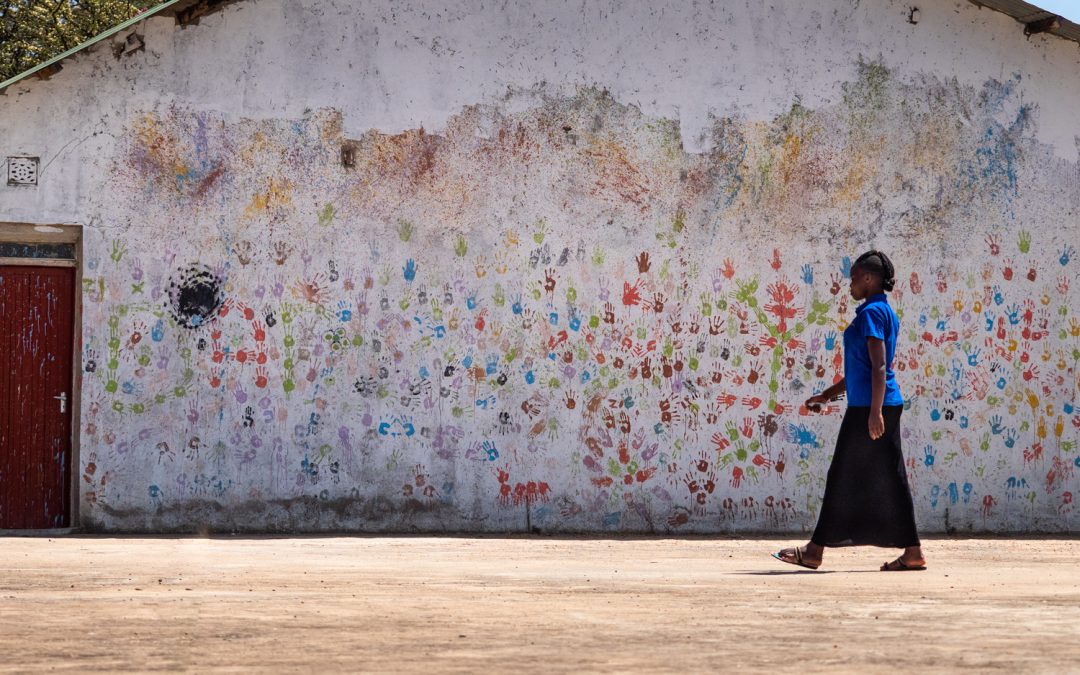Why it matters
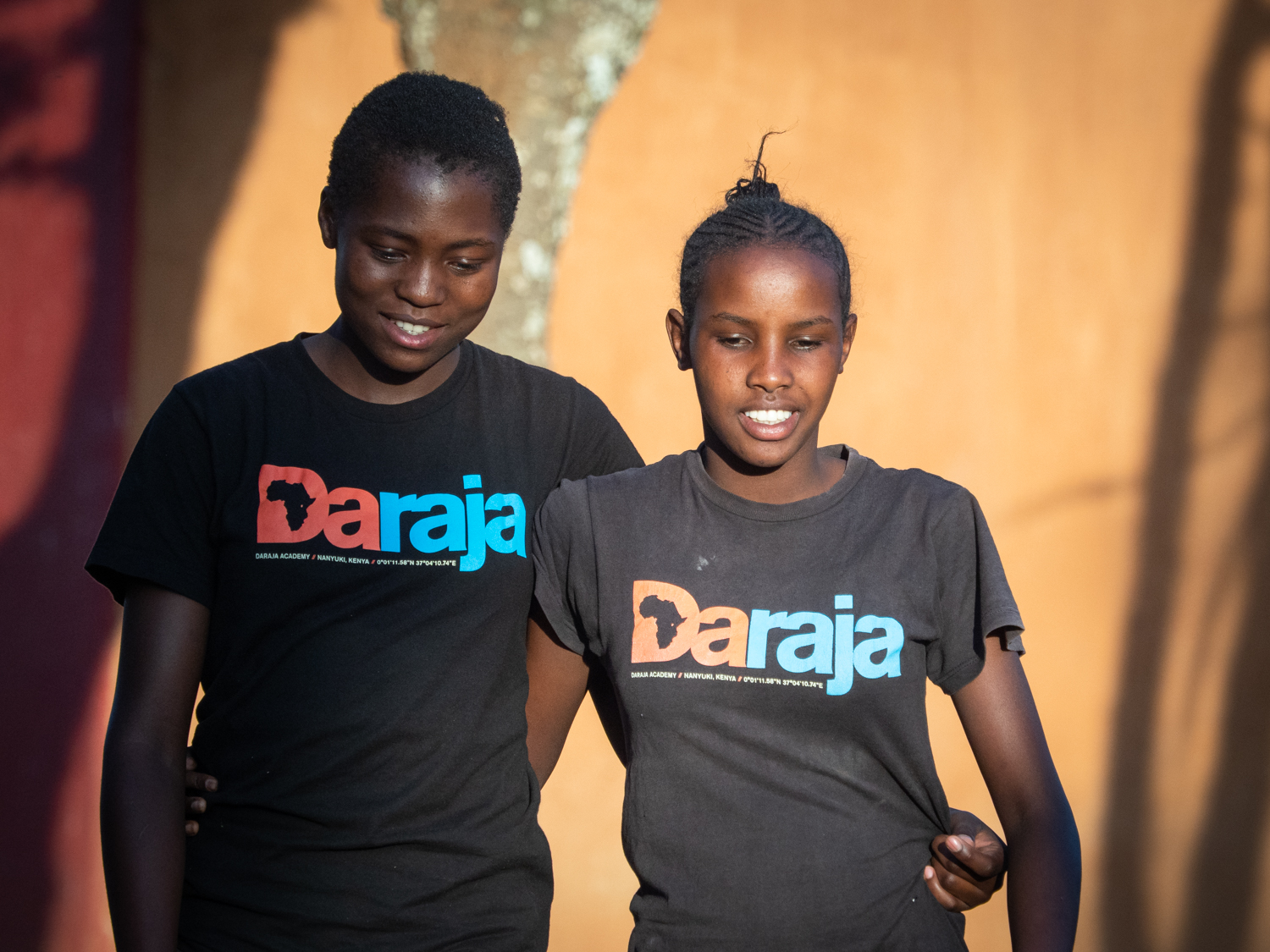
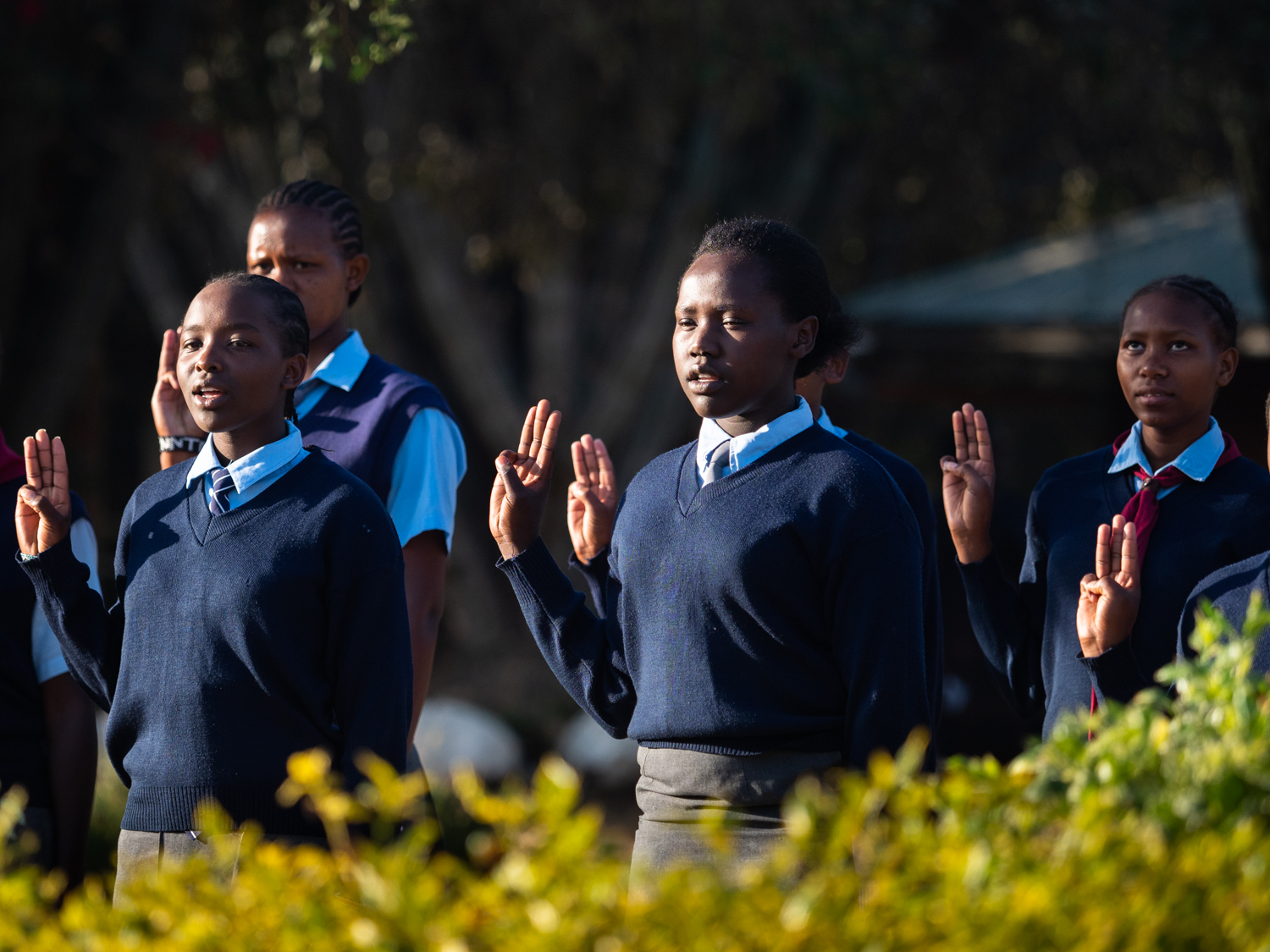
In the U.S., we take public education for granted. As a child growing up in California, I was treated to a totally free, high quality eduction through the 12th grade. And like most American kids, I spent too much of my time resenting this fact. I lived for summer vacations and other school breaks, and saw attending school as a burden.
But in Kenya, public education only goes as far as the 8th grade. You don’t go to high school unless your parents can pay for it, and many cannot. For those kids who’s parents don’t have the money for high school, the future looks bleak. Just imagine trying to achieve something in your life, armed with only an 8th grade education. But it gets even worse for girls. They commonly face the prospect of forced marriage. They will become pregnant at an early age, have multiple children, and most likely live a life of servitude. Whatever chance they had to realize a career, or even some agency in the direction of their own lives, is often lost forever.
This is why the Daraja Academy was created. For girls with academic aptitude who lack the financial means to go to high school, Daraja is another chance. Daraja (which means “bridge” in Swahili), provides full scholarships to a lucky few girls. Daraja is a boarding school that provides everything the girls need: housing, meals, books, supples, etc. For the girls who are accepted, it is a dramatic inflection point in their lives. It means they will have a life full of potential and possibility. Remarkably, over 80% of Daraja graduates go on to attend college.
Like most non-profit organizations, Daraja Academy is funded by private donations. So naturally, fund raising efforts include finding a compelling and memorable way to present Daraja Academy to potential donors. Like all organizations, Daraja needs content to attract attention and get engagement from people who may want to contribute. And there was a clear shortage of such content. Fellow photographer and friend Steve Disenhof was on the case. Steve sits on the Daraja Board of Directors. So it was on him to meet this objective. Steve asked me to join the project, and I couldn’t say yes fast enough or loud enough.
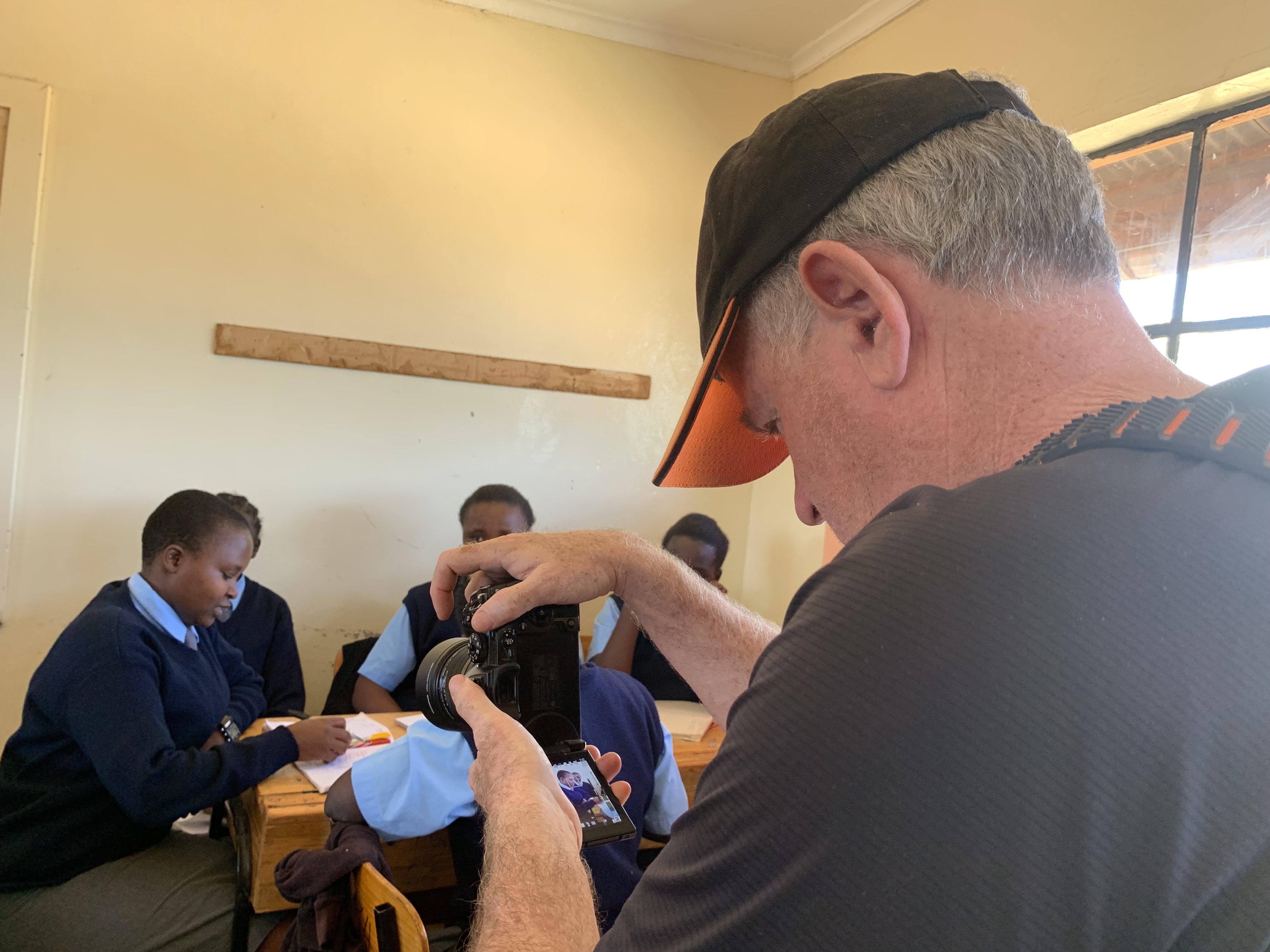
The Assignment
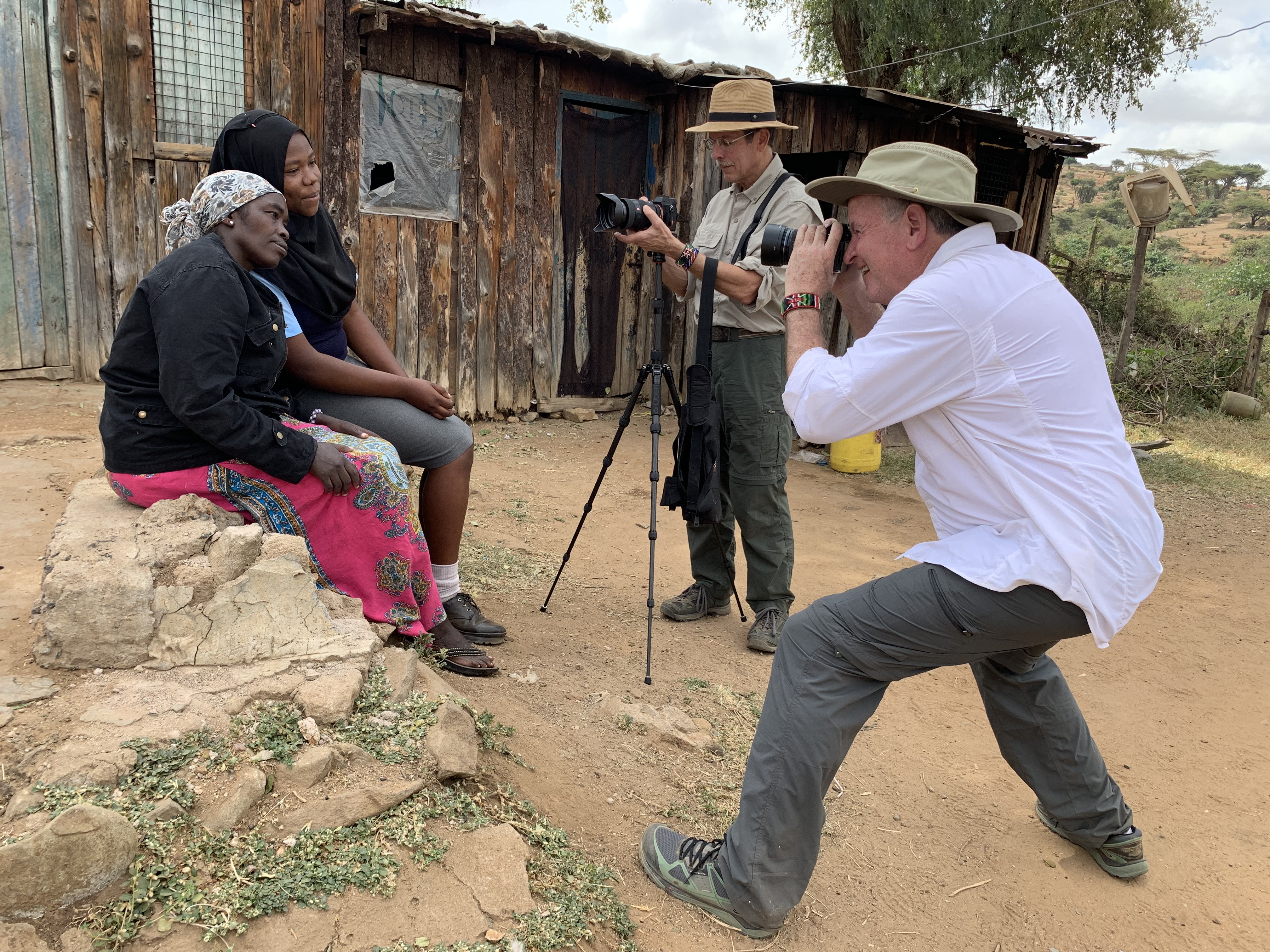
Our assignment was to travel to Kenya and spend time on campus in order to create images and video that could be put to work in fundraising efforts. The students were briefed on our mission. We were given practically unlimited access to classrooms and others school activities. We actually lived on the campus for two weeks, sharing the facilities, eating in the dining hall, and mixing in with the students. We also took several excursions off campus, as part of our assignment was to tell a broader story rathe than simply document campus life.
The Strategy and Creative Approach
The most effective way to raise money is to tell an engaging story. So we took a photojournalistic approach rather than a documentarian one. Our approach was to convey the success of Daraja by focusing on outcomes for the students there. So we chose a few girls in advance of the trip that would be representative of the difference that Daraja Academy makes in the lives of the students. Some were currently Daraja students. Others were graduates with thriving careers. And some were teaching at Daraja. But in common to all of them was a story about the power of the opportunity they were given to continue their education, and consideration of what would have become of them if they did not attend Daraja Academy.
Our creative approach was to tell the vertical story of those girls, exploring their roots and origin stories by visiting the villages they came from and the primary schools they attended. Through still images and video, we set out to document life there, talking to family members, teachers, etc. Our end product would be a narrative story about a life-changing event in the life of one girl, and taken as a whole, a commentary on the power and importance of education for girls.
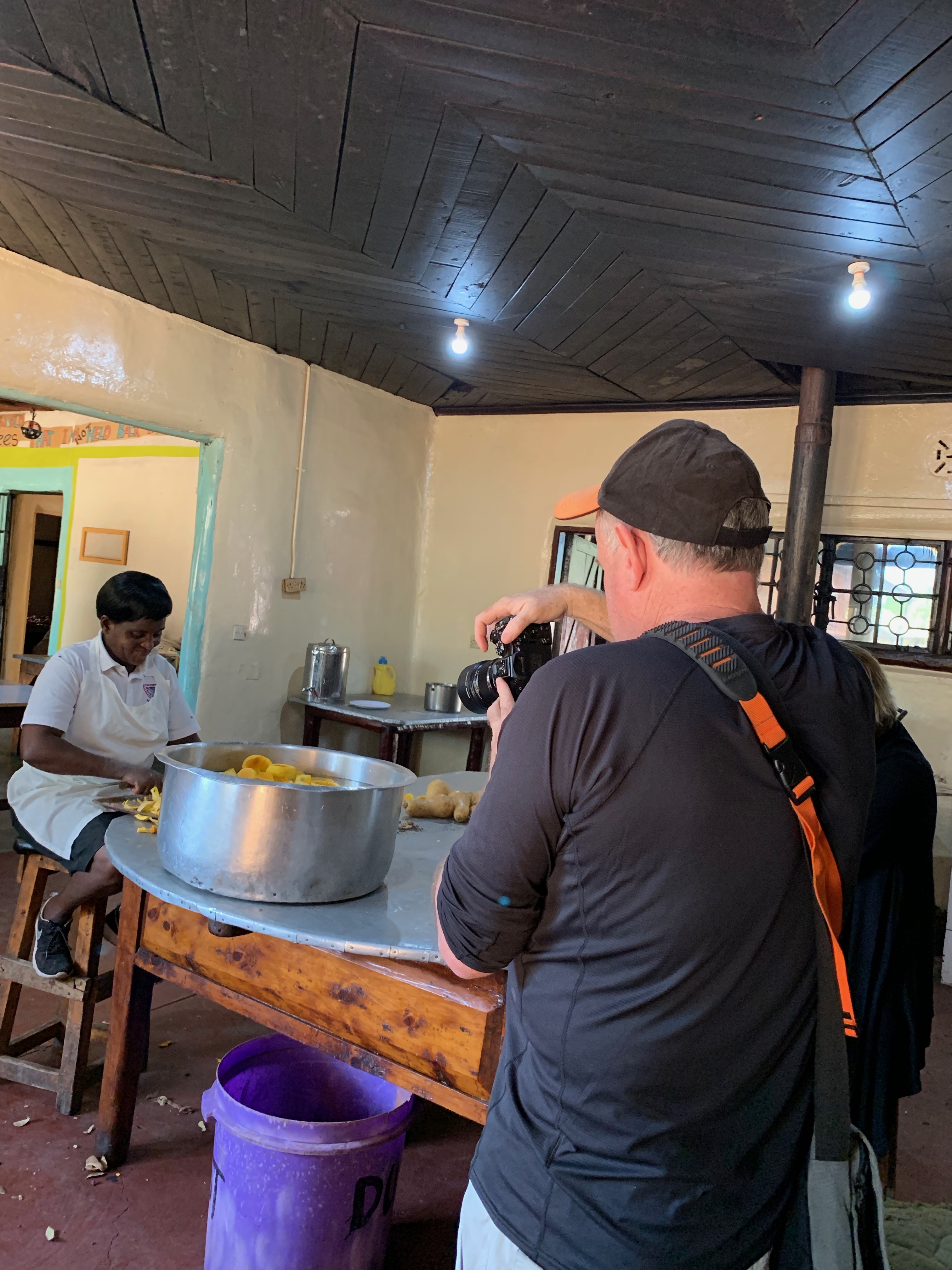
Production – Where and How
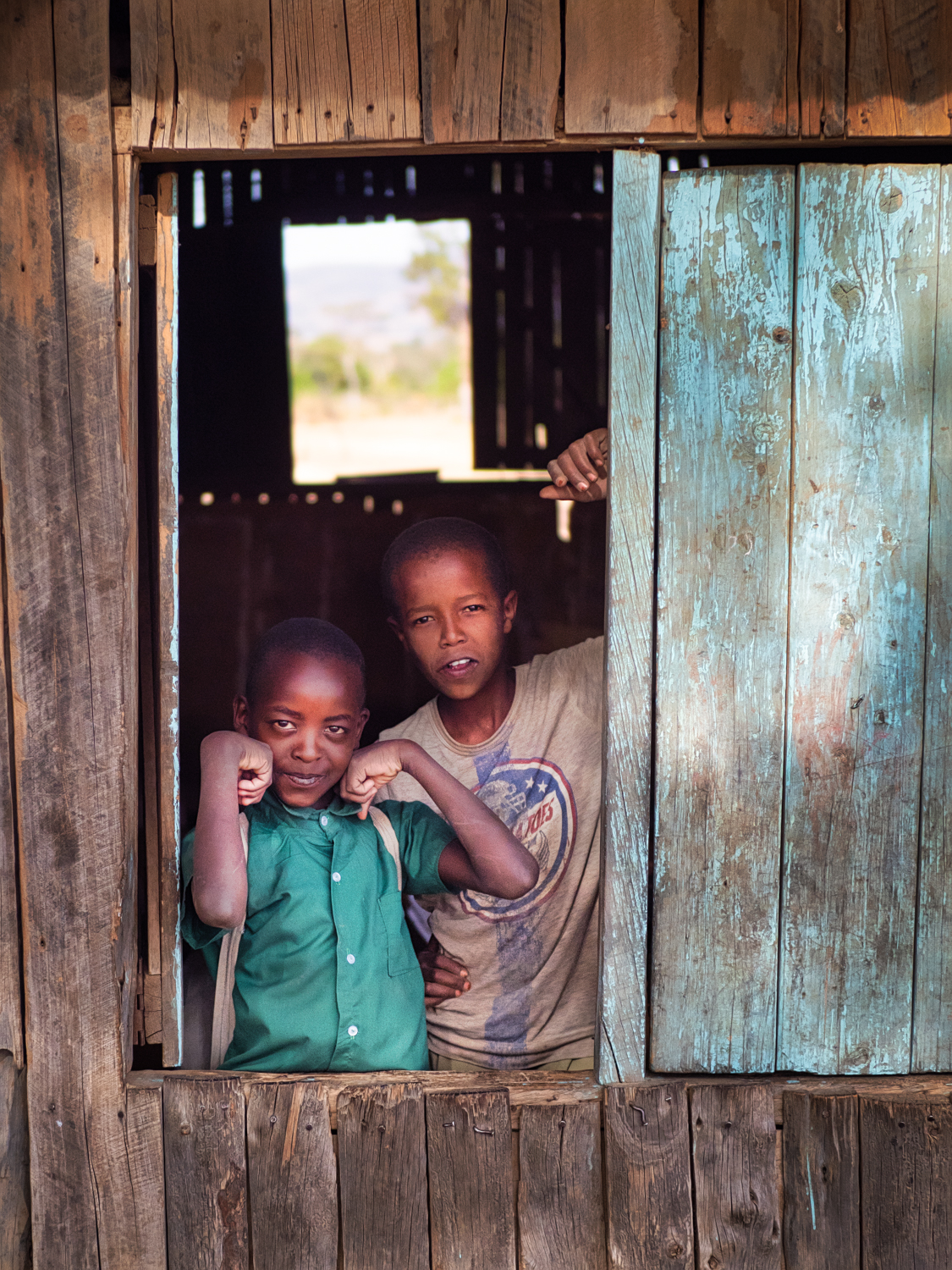
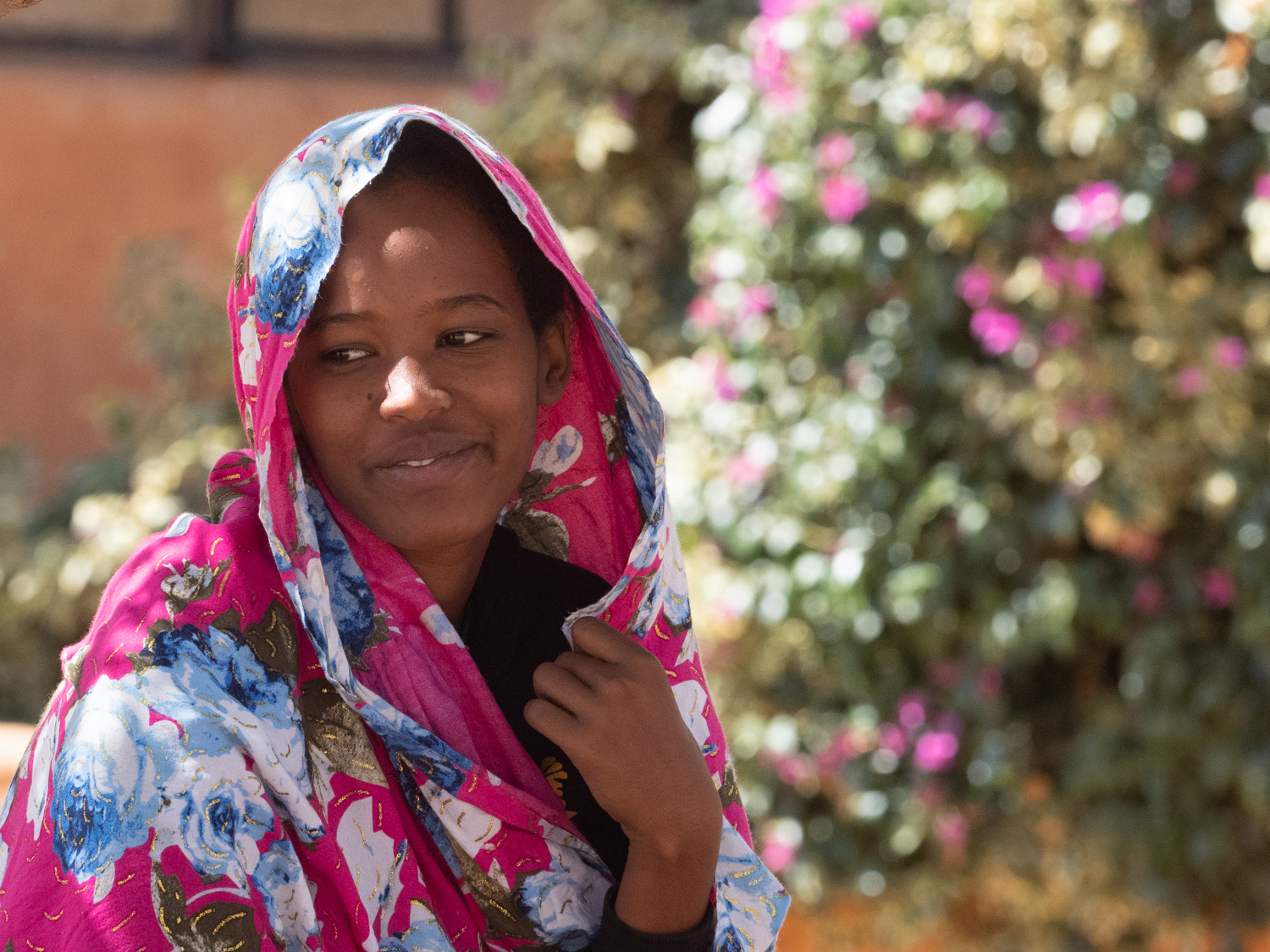
Students at Daraja come from all over northern Kenya. Some of the spots are very remote. But we came to tell stories, and stories must have a beginning. So in addition to considerable time on campus, we also went to those places in an effort to convey the dramatic effect that Daraja Academy has on the lives of the girls who are fortunate enough to attend. From the Kibera slum to the remote village of Doldol, we traced the roots of Daraja girls. Thanks to our intrepid guide, Stephen Stems, we were able to make these journeys. We went by car. We went on foot. We often did both. We drove and walked many miles along what would barely qualify as roads (more like a wide trail in some spots).
Gear: Steve and I both favor lightweight, tough gear. We take a minimalist approach. I shot with my trusty Olympus EM1 Mk2, and Steve shot primarily with his Sony A7RIII. The bulk of the still photography was portrait-style work, but we also shot video and dabbled in landscape and wildlife photography, as one does in Kenya. We each brought one wide angle lens, a portrait lens, and a long lens. I also brought a macro lens which I could have left at home. We each carried tripods, but our only lighting gear consisted of 4 Lume Cubes, which came in extremely handy when we needed to put additional light on our subjects. We sought and mostly found fantastic natural light to shoot. We went in to the bag for the Lume Cubes on only two occasions, but when we needed them, we really needed them and they did the job very nicely. So we both had lightweight kit bags and all the gear we needed for the job.
Please follow along on Instagram and Facebook as we post these stories. And please consider giving to Daraja Academy if you can. There are many ways to do this. You can make a donation. You can sponsor one of the girls. And if you can’t make a financial contribution, you can spread the word through social media by sharing and commenting. Thanks!

